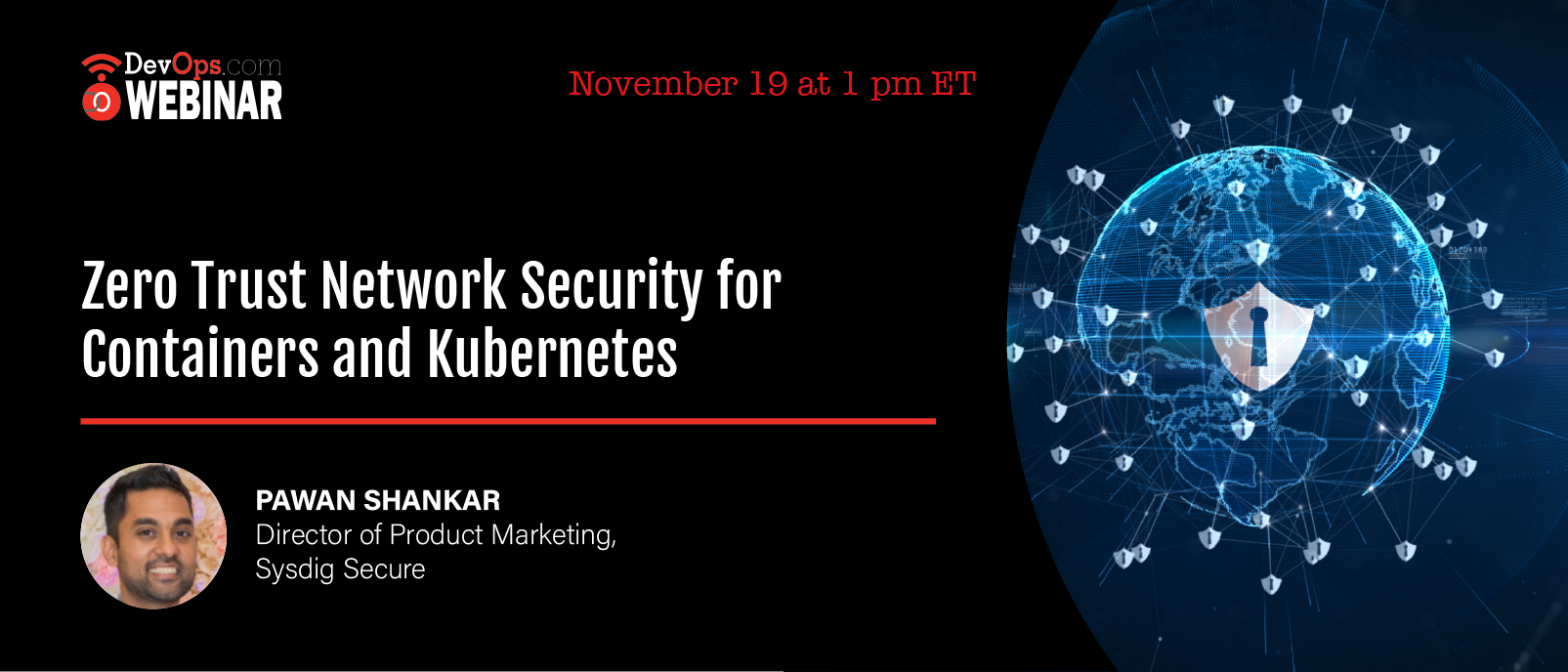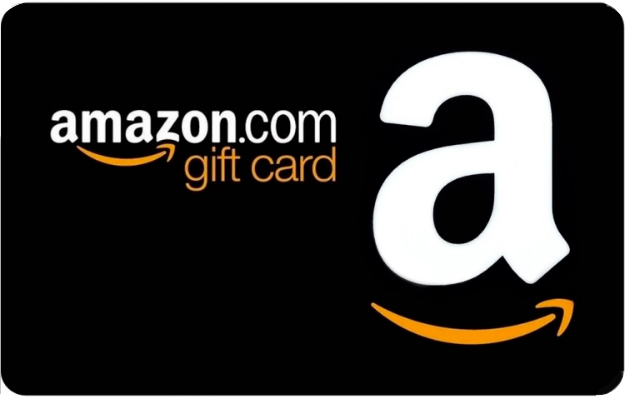Webinar
Think About Your Audience Before Choosing a Webinar Title

Sponsored by SYSDIG
What You’ll Learn in This Webinar
As containers and Kubernetes are adopted in production, DevOps teams need to go beyond image scanning. Use cases such as runtime security, network visibility and segmentation, incident response and compliance become priorities as your Kubernetes security framework matures. Implementing Zero Trust network security is a must to prevent lateral movement, but where do you start?
The dynamic nature of Kubernetes can make network visibility challenging. The developers understand their application behavior, while the DevOps team have the Kubernetes knowledge. Security and DevOps teams need an easy way to collaborate with developers to create the right Kubernetes network policy, that isn't too permissive, but also doesn’t break the application.
Join us to understand how to:
- Implement a Zero Trust approach with Kubernetes network security
- Visualize all network communication between pods, services and applications inside Kubernetes
- Apply microsegmentation in minutes by automating Kubernetes network policies
- Identify anomalous network activity quickly by auditing every connection to or from any process
Pawan Shankar has over 9 years of experience in enterprise networking and security. Previously, he worked for Cisco as an SE and a PM working with large enterprises on datacenter/cloud networking and security solutions. He also spent time at Dome9 (acquired by Check Point) leading their security and compliance product marketing efforts. He is now a Direct of PMM at Sysdig focusing on their container security product, Sysdig Secure.







